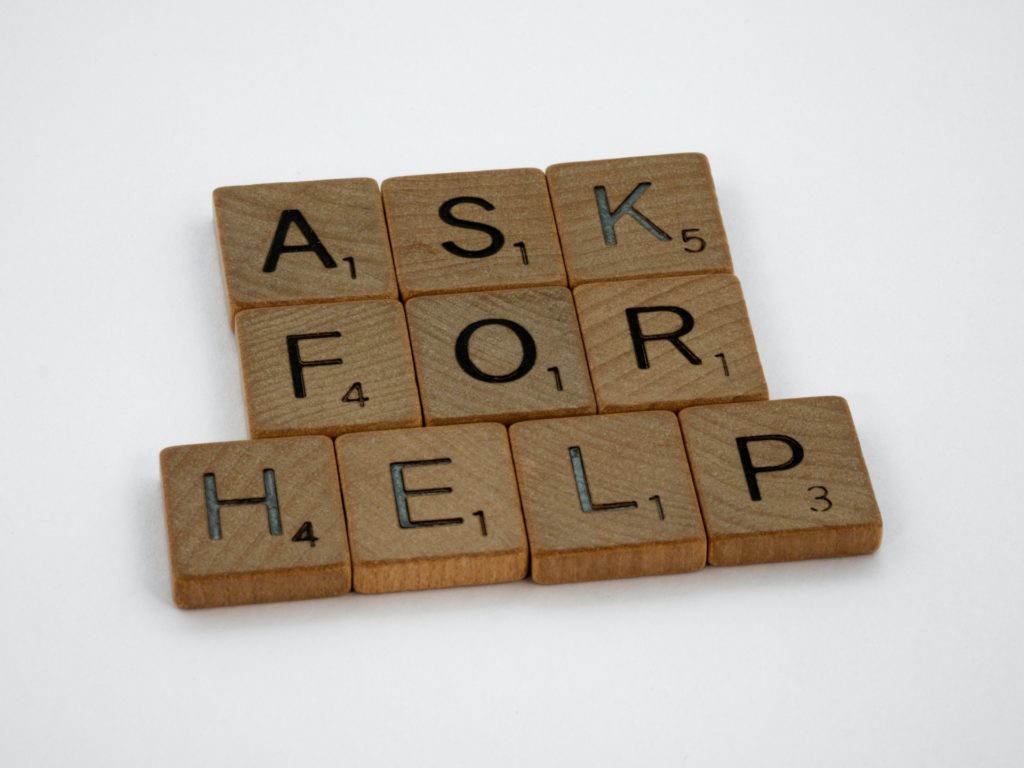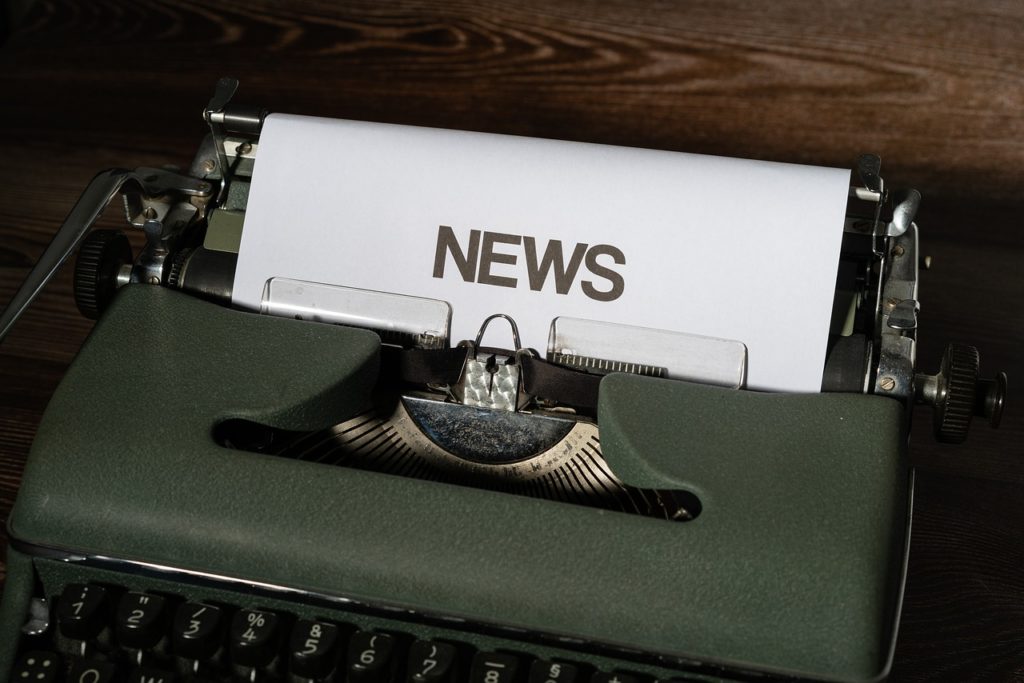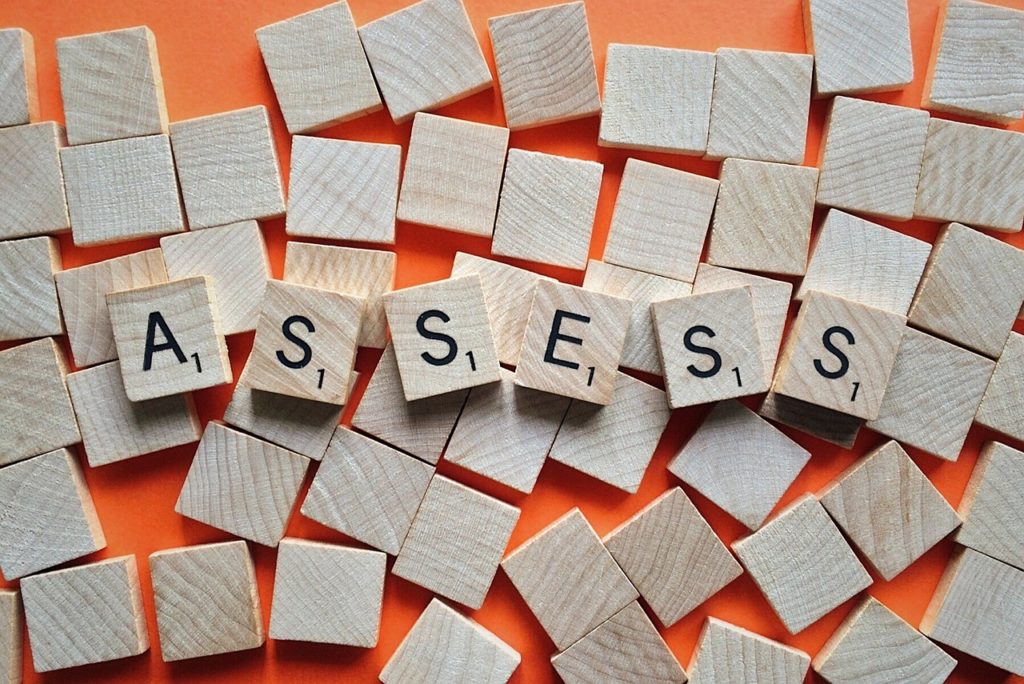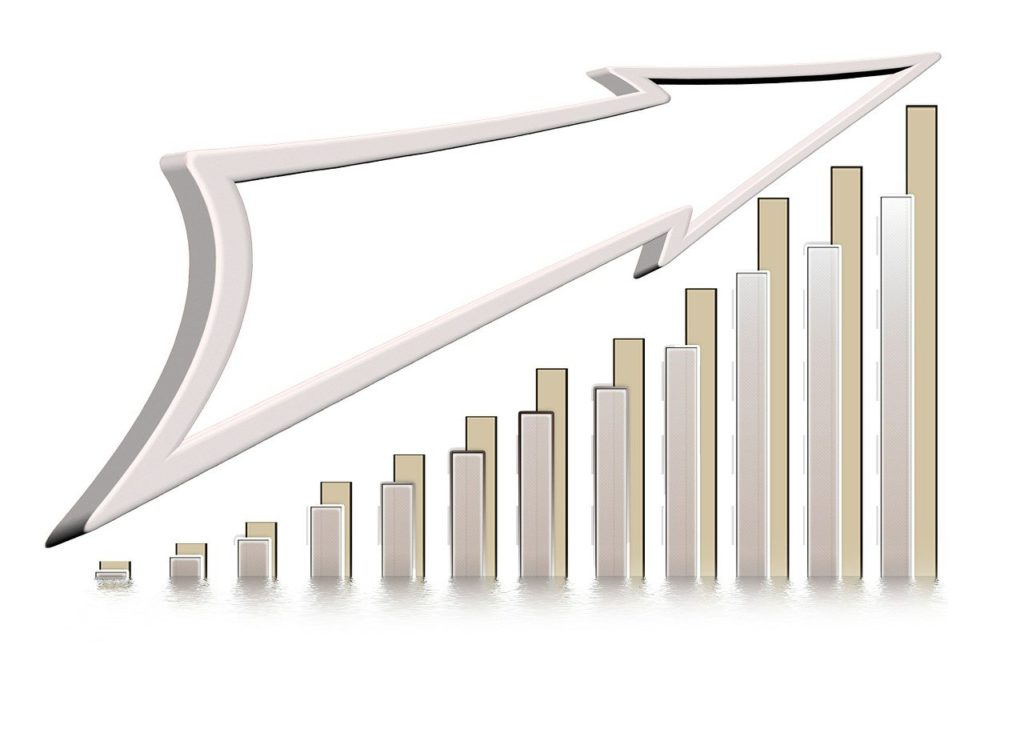Understanding MIHAF
Your Lifeline against foreclosure in michigan!

Federal initiatives are available to aid homeowners in maintaining their homes and averting foreclosure, default, delinquency, displacement, and loss of utilities.
Specifically for the state of Michigan, there exists the Michigan Homeowner Assistance Fund (MIHAF), which is managed by the Michigan State Housing Development Authority (MSHDA).
Applications for the MIHAF fund were opened on Monday, February 14, 2022.
What Financial Aid Is Available?
Eligible households can access up to $25,000 in assistance. Please note that this assistance is only available once per household.
Funds are distributed on a first-come, first-served basis, adhering to the program’s priority guidelines.
Purposes for the Assistance Fund?
The MIHAF funds are designed to cover specific expenses, and for these expenses to qualify, they must be overdue. Here are the expenses that qualify for MIHAF funding:
- Mortgage or housing loan payments (including escrows): These are the regular monthly payments you make towards your mortgage or housing loan. Escrow is an account that your mortgage lender uses to pay property taxes or insurance premiums on your behalf.
- Land contract and reverse mortgage payments: Land contracts are financing tools where the seller agrees to carry the mortgage. On the other hand, a reverse mortgage is a loan for older homeowners that requires no monthly mortgage payments, but these loans do need to be repaid, often out of the sale of the property.
- Property taxes: These are the annual taxes that homeowners pay to local governments, which are based on an assessment of the property’s value.
- Condominium or homeowners’ association fees: These are mandatory fees paid by owners of condos or homes within specific residential communities, used for maintaining common areas and providing services.
- Mobile home and/or lot payment assistance: This can cover payments for the mobile home itself or the lot on which it stands, if owned separately from the mobile home.
- Homeowner’s insurance payments: Homeowner’s insurance provides coverage for damage to your home, personal property, and liability for injuries to others on your property.
- Gas, electric, water, and sewer payments: These are the utility bills that every homeowner has to pay. This can include the cost of heating the home (gas or electric), water usage, and sewer services.
- Internet services payments: This can cover the cost of broadband connectivity, which is increasingly seen as a necessity for everyday life, from job applications to healthcare services.
These funds can cover overdue payments that originated before January 2020.
Upon approval of your application, the MIHAF assistance will be paid directly to the party to whom the money is owed, like the mortgage lender/servicer, land contract holder, or utility company.
Eligibility Criteria
To qualify for MIHAF funding, the following conditions must be met:
- Experienced a qualified financial hardship (as defined below) on or after January 21, 2020. The hardship may have begun before this date as long as it continued beyond it.
- Homeownership was established on or before January 21, 2020.
- The house is your current primary residence.
- Household income is equal to or less than 150% of the area median income (https://www.huduser.gov/portal/datasets/il/il2021/select_Geography_haf.odn)
Even if you have previously filed for bankruptcy and are no longer in bankruptcy, proof of the discharge or dismissal may be required, or permission from the bankruptcy trustee may be necessary to participate in the MIHAF program.
What Constitutes a Qualified Financial Hardship?
A Qualified Financial Hardship refers to a reduction in income or an increase in living expenses associated with the COVID-19 pandemic. Such hardship must have elevated your risk of falling behind on your mortgage payments, defaulting, facing foreclosure, losing utility or home energy services, or necessitating a move from your house.
The income reduction can be temporary or permanent, but must have occurred on or after January 21, 2020. It’s acceptable if it commenced before this date, provided it persisted beyond it.
Heightened living expenses may encompass medical expenses, inadequate medical insurance, an increase in household size, or costs to reconnect utility service. These living expenses must be directly linked to the COVID-19 pandemic and have arisen on or after January 21, 2020. As with the income reduction, it’s permissible if they began before this date as long as they continued past it.
Restrictions on Property Types
Certain restrictions apply to the types of properties eligible for MIHAF funding.
Eligible properties include:
- Single-family homes
- Condominium units
- 1-4 unit properties where the homeowner resides in one of the units as their primary residence
- Manufactured homes that are permanently affixed to land and are taxable as real estate
- Mobile homes that are not permanently attached to land
Non-eligible properties include:
- Second homes (not primary residences)
- Vacant or abandoned properties or properties without houses
- Investment properties 1-4 unit properties where the homeowner/landlord has received Emergency Rental Assistance Funds.
In your application, you need to provide documentation to show all of the following things:
In your application, you need to provide documentation to show all of the following things:
- Proof of Identification
- Proof of Social Security Number
- Proof of Household Income
- Proof of that you are behind on payments
- For a list of documents that you can use for each of these categories, review the MIHAF Acceptable Documentation List
Foreclosure and the Domino Effect of Procrastination As a foreclosure specialist, I’ve come across countless homeowners who’ve found themselves facing the daunting challenge of a looming foreclosure. It’s a distressing situation, compounded by the complex emotions and stressors attached. The age-old saying, “This too shall pass,” may bring solace to some, but the timeline of …
Zombie Foreclosures on the Rise but Poses Little Threat to Housing Stability The U.S. housing market, having experienced significant turmoil in the past, now faces another concerning trend – the rise in vacant homes under foreclosure. But, how concerning is this uptick? Let’s delve into the recent findings from ATTOM, a leading real estate …
Dead Debts Walking: The Rise of Zombie Properties Read More »
Reinstating a Defaulted Mortgage Prior to a Sheriff Sale Mortgages, like other financial obligations, come with the expectation of timely repayments. But life sometimes throws curveballs — job losses, medical emergencies, or other unforeseen financial challenges — that make it tough for homeowners to keep up. If mortgage payments are missed, the loan can …
Reinstating a Defaulted Mortgage Prior to a Sheriff Sale Read More »
Assessing the Implications: The potential affects on real estate a ban on short selling bank backed stocks would have! Back in May 2023, one topic that gained momentum was the potential ban on short selling of bank stocks in the United States. While this idea has its supporters and detractors, it’s essential to analyze the …
Riding the Rising Tide: A Foreclosure Storm Looms over U.S. Housing Market
Riding the Rising Tide: A Foreclosure Storm Looms over U.S. Housing Market I’m Marvin Morrison, the steadying hand behind SFALLY.com, and an experienced Realtor with deep roots in Michigan. I’d like to take a moment to bring to light some numbers from the Midyear 2023 U.S. Foreclosure Market Report, released by the revered property data …
Riding the Rising Tide: A Foreclosure Storm Looms over U.S. Housing Market Read More »





